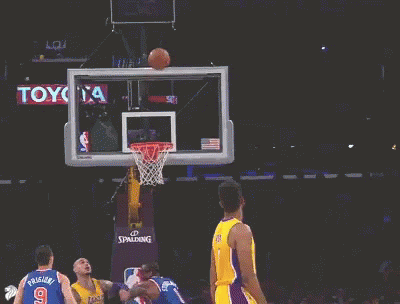Yem Jam Vol. 6
Hello friends,
We're continuing to see some exciting signals from our experiments. But we've definitely swung and missed as well. Below is an update on our learnings and progress so far. Let us know what you think, and please share with anyone you think may enjoy it!
Reducing churn for paying subscribers
There's two main flavors of paid cancels: voluntary and involuntary. Involuntary is usually due to payment issues. Voluntary is when the sub chooses to cancel their auto-renewal (for a variety of reasons).
It takes different tactics to fight voluntary vs. involuntary cancels. And it's definitely hard to have an impact. But the value can be huge — in both cases, we're saving a longer-term subscriber, not just one transaction.
Involuntary (Payment-related) Cancels
Payment-related cancels were a major problem at Hulu & Crunchyroll (and for any digital subscription biz). We learned that it's most effective to simply ask the sub to update their payment info. Spotify does this incredibly well, messaging over email & within their apps:
We put together a test email to send to subs that had experienced a payment failure (like the image below).
Of the test group, 14% of subs updated their payment info, leading to $240 in incremental cash. (Again, the value extends well beyond the immediate cash gains.) An encouraging start and awesome to have a direct impact on creator's earnings.
Fighting payment-related cancels is a problem any creator with recurring revenue will face. And it’s an ongoing challenge, not a one-off problem. It may not be a feature with high defensibility (all platforms will build tools to fight this problem). But it could be a great way to add instant value for newsletters.
Reducing Voluntary Cancels
Spoiler alert — this was us trying to reduce voluntary churn:
We emailed paying subs that had chosen to cancel, but hadn't lapsed yet. The email reminded subs of the value they were receiving and, for some, their special discounted pricing.
The save rate was 3.5%, driving an incremental $160 in cash. We had higher hopes for this one. But hey, it’s better than 0%, and we got some great learnings and have ideas on how to improve.
Re-engaging Dormant Subs
We continue to iterate on the re-engagement tests we mentioned in Volume 4. So far, these tests have attempted to winback subs that have never opened an email or viewed a post on the web. Quick update on results:
Sent from personal gmail: up to 27% re-engagement → incredibly exciting, but we need to make it much easier to send these emails
Sent from Substack: 4% to 8% re-engagement → not bad, but deliverability issues persist
For subs that do open, 20% continue reading new posts → encouraging and in-line with our ultimate goal — to win back full-time readers
Less than 1.0% unsubscribe
It’s also become clear that the length of dormancy is a key factor. The longer someone's been dormant, the less likely we are to win them back. This presses the importance of properly onboarding folks and reducing dormancy early on.
It's been exciting to have a tangible impact on our customer's business. Further, these problems seem to be universal. It's not clear the degree to which we can templatize the solutions or scale them to several newsletters. We'll see...
Even if we can figure some of that out, I'm not sure these continue to be compelling use cases over time. Most platforms will try to replicate these basic functionalities (if they don't already exist). But they appear to add immediate value for our customers, and that's enough for now. :)
Let me know what you think! And please share with anyone you think would enjoy.






